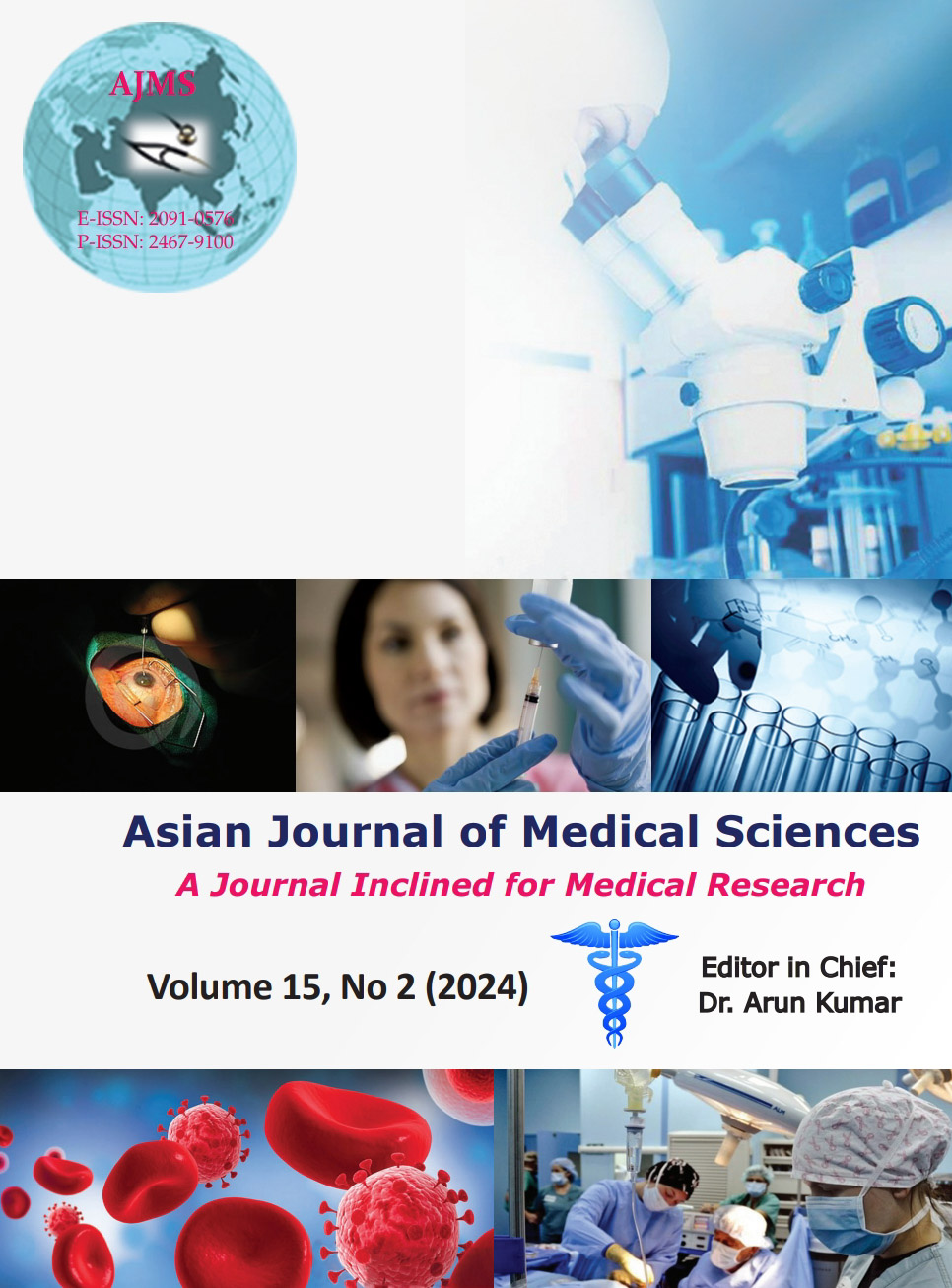Behavioral and emotional functioning of children with specific learning disorders
Keywords:
Specific learning disorder; DSM-5 criteria; Rutter’s score; Vanderbilt ADHD rating scale; Rosenberg self-esteem scale; Neurotic behaviorAbstract
Background: Specific learning disorder (SLD) is distinct from other Diagnostic and Statistical Manual (DSM)-5 mental disorders as it is recognized clinically in medicine and as a separate category in special education.
Aims and Objectives: The study aimed to study the behavioral patterns and emotional functioning in children with SLD.
Materials and Methods: This observational cross-sectional study was conducted at Tirunelveli Medical College, Tirunelveli, from January 2019 to April 2020 on 100 patients (study group 50 and control group 50) diagnosed with SLDs as per DSM5 criteria. A patient’s history includes age, gender, symptoms, and diagnosis. Assessments were done through a semi-structured proforma, Rutter Children’s Behavior Questionnaire (parent form), the Vanderbilt attention deficit hyperactivity disorder (ADHD) diagnostic rating scale, and the Rosenberg self-esteem scale (RSES).
Results: The patient’s domicile in rural areas was 82% compared to urban areas, which is 18%. The Rutter scale – total score was higher in the study group, with a mean of 3.24, compared to the control group, with a mean of 0.44. The RSES compared self-esteem scores and the mean self-esteem scores of 21.56 and 14.72, respectively (P<0.0001). The deviant/antisocial behavior subscale scores were higher for the study group, with a mean score of 1.08, than the control group, with a mean score of 0.02 (<0.05). The ADHD (inattentive type) Vanderbilt scale was compared, and it was found to be positive for the study group and none for the control group (P=0.022).
Conclusion: The scores show a significant correlation between higher rates of neurotic behavior and behavioral problems, predominantly inattentive types, in SLD children.
Downloads
Downloads
Published
How to Cite
Issue
Section
License
Copyright (c) 2023 Asian Journal of Medical Sciences

This work is licensed under a Creative Commons Attribution-NonCommercial 4.0 International License.
Authors who publish with this journal agree to the following terms:
- The journal holds copyright and publishes the work under a Creative Commons CC-BY-NC license that permits use, distribution and reprduction in any medium, provided the original work is properly cited and is not used for commercial purposes. The journal should be recognised as the original publisher of this work.
- Authors are able to enter into separate, additional contractual arrangements for the non-exclusive distribution of the journal's published version of the work (e.g., post it to an institutional repository or publish it in a book), with an acknowledgement of its initial publication in this journal.
- Authors are permitted and encouraged to post their work online (e.g., in institutional repositories or on their website) prior to and during the submission process, as it can lead to productive exchanges, as well as earlier and greater citation of published work (See The Effect of Open Access).




